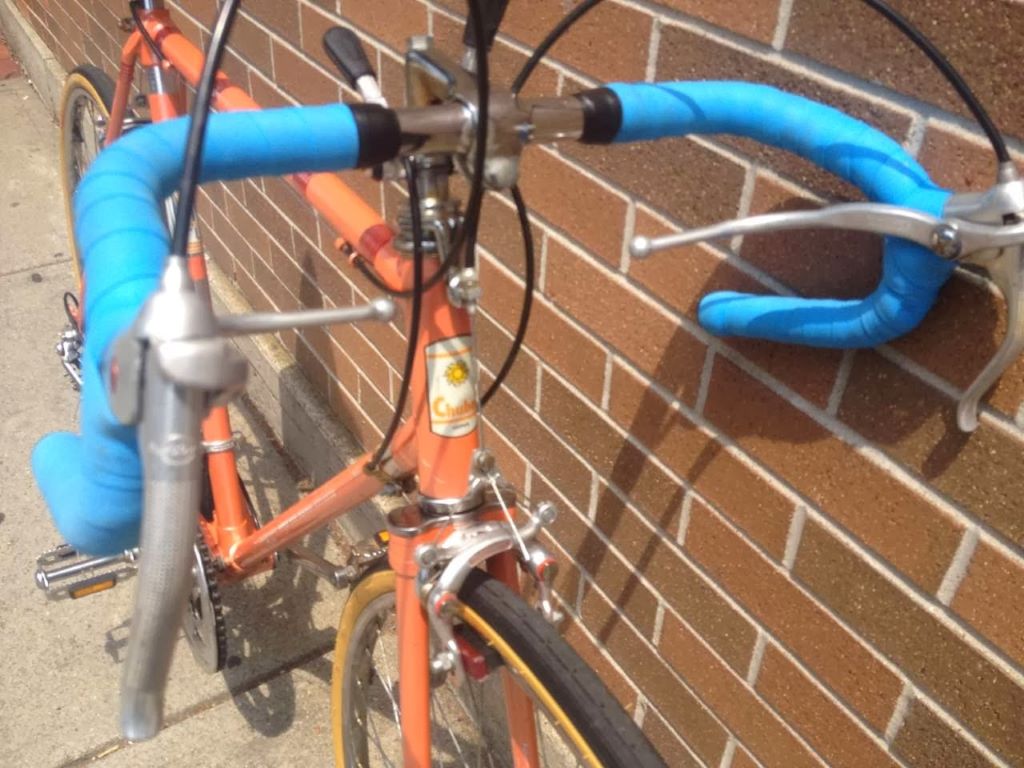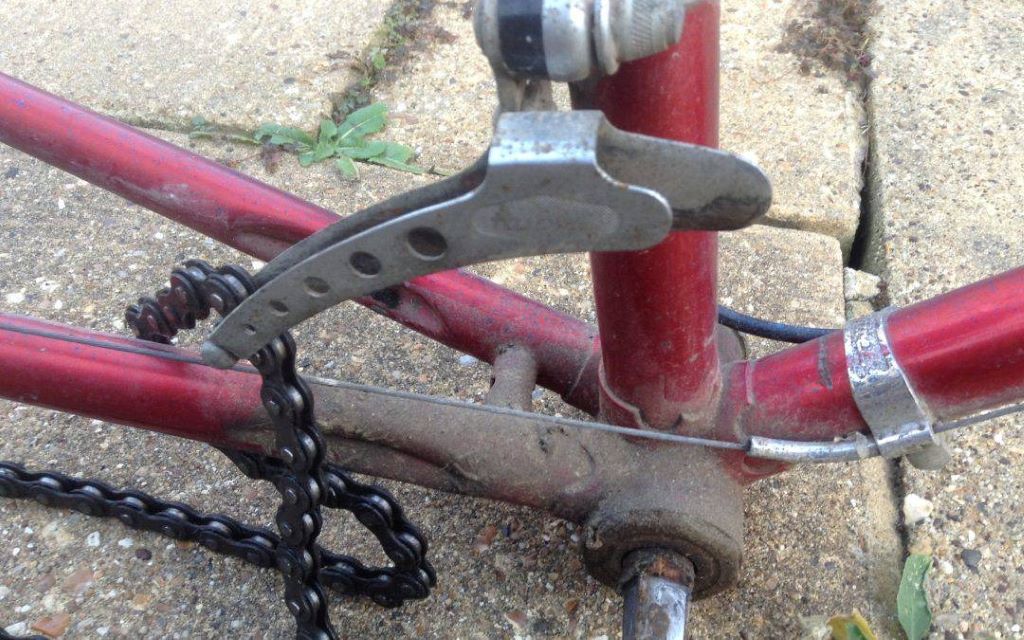Introduction: Why Vintage Road Bikes Are Making a Comeback
In an era dominated by carbon fiber frames and electronic shifting Systems, vintage road bike restoration is playing a significant role as vintage road bikes are experiencing a renaissance. These classic machines evoke nostalgia while offering a unique blend of craftsmanship and performance that modern bikes often lack. According to a 2022 report by the Outdoor Industry Association, cycling has seen a 50 percent increase in participation since the pandemic began, with many enthusiasts gravitating toward retro models for their aesthetic appeal and mechanical simplicity.
Restoring and maintaining a vintage road bike isn’t just about preserving history—it’s about creating a personal connection to the sport. Whether you’re a seasoned cyclist or a newcomer to outdoor x sports, this guide will walk you through every step of the process, from sourcing parts to fine-tuning your ride for optimal performance. By the end of this article, you’ll have the tools and knowledge to bring a piece of cycling history back to life.
The Allure of Vintage Road Bikes: What Makes Them Special?
Craftsmanship Over Mass Production
Unlike modern bikes, which are often mass-produced in factories, vintage road bikes were handcrafted by artisans who took pride in their work. Brands like Cinelli, Colnago, and Peugeot became synonymous with quality during the mid-20th century. Their steel frames, meticulously brazed and painted, offer a ride quality that many cyclists describe as “alive.”
A study published in Cycling Weekly highlights that steel frames absorb road vibrations better than aluminum or carbon, making them ideal for long-distance rides. This is one reason why vintage bikes remain popular among endurance cyclists.
Aesthetic Appeal
Let’s face it—vintage bikes look stunning. From intricate lugs to hand-painted decals, these bikes are rolling works of art. They remind us of a time when cycling was less about speed and more about the joy of the journey.
Sustainability
In a world increasingly focused on sustainability, restoring a vintage bike aligns perfectly with eco-friendly values. Instead of contributing to the production of new materials, you’re giving an old bike a second life.
Sourcing Your Vintage Road Bike: Where to Look
Online Marketplaces
Platforms like eBay, Craigslist, and Facebook Marketplace are treasure troves for vintage bike hunters. However, beware of scams and overpriced listings. Always verify the seller’s reputation and ask for detailed photos of the frame, components, and serial numbers.
Local Bike Shops
Many local bike shops have a “used” section where you can find hidden gems. Some even specialize in vintage restorations and can provide valuable advice on what to look for.
Flea Markets and Garage Sales
You’d be surprised how many vintage bikes are gathering dust in garages and attics. Flea markets and garage sales can yield incredible finds at bargain prices.
Key Considerations When Buying
- Frame Condition : Check for rust, cracks, or dents. Steel frames can often be repaired, but significant damage may not be worth the effort.
- Component Compatibility : Ensure the bike’s components (derailleurs, brakes, etc.) are either original or easily replaceable.
- Serial Numbers : Research the serial number to confirm the bike’s authenticity and year of manufacture.
Step-by-Step Restoration Guide

Cleaning and Inspection
Before diving into restoration, give the bike a thorough cleaning. Use a degreaser for the drivetrain and mild soap for the frame. Once clean, inspect every part for wear and tear.
Frame Restoration
If the frame has surface rust, use fine-grit sandpaper to remove it. For deeper rust, consider professional sandblasting. Repainting the frame is optional but highly recommended if you want to restore its original glory.
Component Overhaul
- Wheels : True the wheels and replace broken spokes. Consider upgrading to modern hubs for better performance.
- Drivetrain : Clean and lubricate the chain, cassette, and derailleurs. Replace worn-out parts as needed.
- Brakes : Vintage bikes often come with caliper or cantilever brakes. Ensure they function smoothly and replace brake pads if necessary.
Reassembly
Reassemble the bike carefully, ensuring all components are properly aligned. Test each part before taking it for a spin.
Maintenance Tips for Longevity
Regular Cleaning
Dirt and grime are the enemies of any bike. Clean your vintage road bike after every ride, paying special attention to the drivetrain.
Lubrication
Use a high-quality bike lubricant on the chain, derailleur pivots, and brake cables. Avoid over-lubricating, as excess oil can attract dirt.
Tire Pressure
Maintain proper tire pressure to prevent pinch flats and ensure a smooth ride. Refer to the sidewall of the tires for the recommended PSI range.
Storage
Store your bike indoors, away from moisture and extreme temperatures. A bike cover can protect it from dust.
The Joy of Riding a Restored Vintage Bike
There’s something magical about riding a bike that’s been lovingly restored. The smooth hum of the tires on pavement, the satisfying click of the gears, and the timeless design make every ride feel like an adventure.
According to a survey by Bicycling Magazine , 78 percent of cyclists who own vintage bikes say they enjoy riding them more than modern ones. This sentiment is echoed by experts like Richard Ballantine, author of Richard’s 21st Century Bicycle Book , who argues that vintage bikes offer a purer cycling experience.
Expert Opinions and Case Studies
The Art of Frame Building
Renowned frame builder Dario Pegoretti once said, “A bike should be beautiful, functional, and tell a story.” His philosophy resonates with many vintage bike enthusiasts who see their bikes as extensions of themselves.
Case Study: The Resurrection of a 1970s Peugeot
One cyclist, featured in Rouleur Magazine , spent six months restoring a 1976 Peugeot PX-10. The project not only reignited his passion for cycling but also introduced him to a community of like-minded enthusiasts.
Read More: How to choose the best bike lock?
FAQs About Vintage Road Bike Restoration
- How much does it cost to restore a vintage road bike?
Costs vary depending on the bike’s condition and the parts needed. Expect to spend anywhere from $200 to $1,000. - Can I use modern components on a vintage bike?
Yes, many modern components are compatible with vintage frames, though some modifications may be required. - What’s the best way to remove rust from a steel frame?
Use fine-grit sandpaper for light rust and consider professional sandblasting for severe cases. - Are vintage bikes safe to ride?
With proper restoration and maintenance, vintage bikes are as safe as modern ones. - Where can I find replacement parts?
Online retailers like Velo Orange and Rivendell Bicycle Works specialize in vintage-compatible parts. - How do I know if a vintage bike is worth restoring?
Research the brand, model, and condition. Rare or collectible bikes are usually worth the investment. - Can I repaint the frame myself?
Yes, but it requires patience and skill. Professional painting is recommended for the best results. - What tools do I need for restoration?
Basic tools include hex wrenches, screwdrivers, a chain tool, and a torque wrench. - How often should I service my vintage bike?
Service it at least twice a year, or more frequently if you ride regularly. - Is it legal to ride a vintage bike on public roads?
Yes, as long as it meets local safety regulations, such as having working brakes and lights.
Conclusion: Embrace the Legacy
Restoring and maintaining a vintage road bike is more than a hobby—it’s a journey into the heart of cycling culture. These bikes remind us of simpler times when the focus was on the ride itself rather than the destination. By investing time and effort into a vintage bike, you’re not just preserving a piece of history; you’re creating a legacy that future generations can appreciate.
So, whether you’re cruising down a country lane or tackling a challenging hill climb, let your vintage road bike be a testament to the enduring allure of outdoor x sports. Happy riding!
Read More:
How to choose the best bike lights for night riding?
Full Suspension and Hardtail Bike Basic Differences
Featured Image Source

Welcome to outdoorxsports.com! I’m Russell, your guide to the awesome world of mountain biking. This blog is all about building a community of riders who love to share their passion for the sport. Expect inspiring stories, local trail recommendations, fun challenges, and tips for making the most of your time on two wheels.

